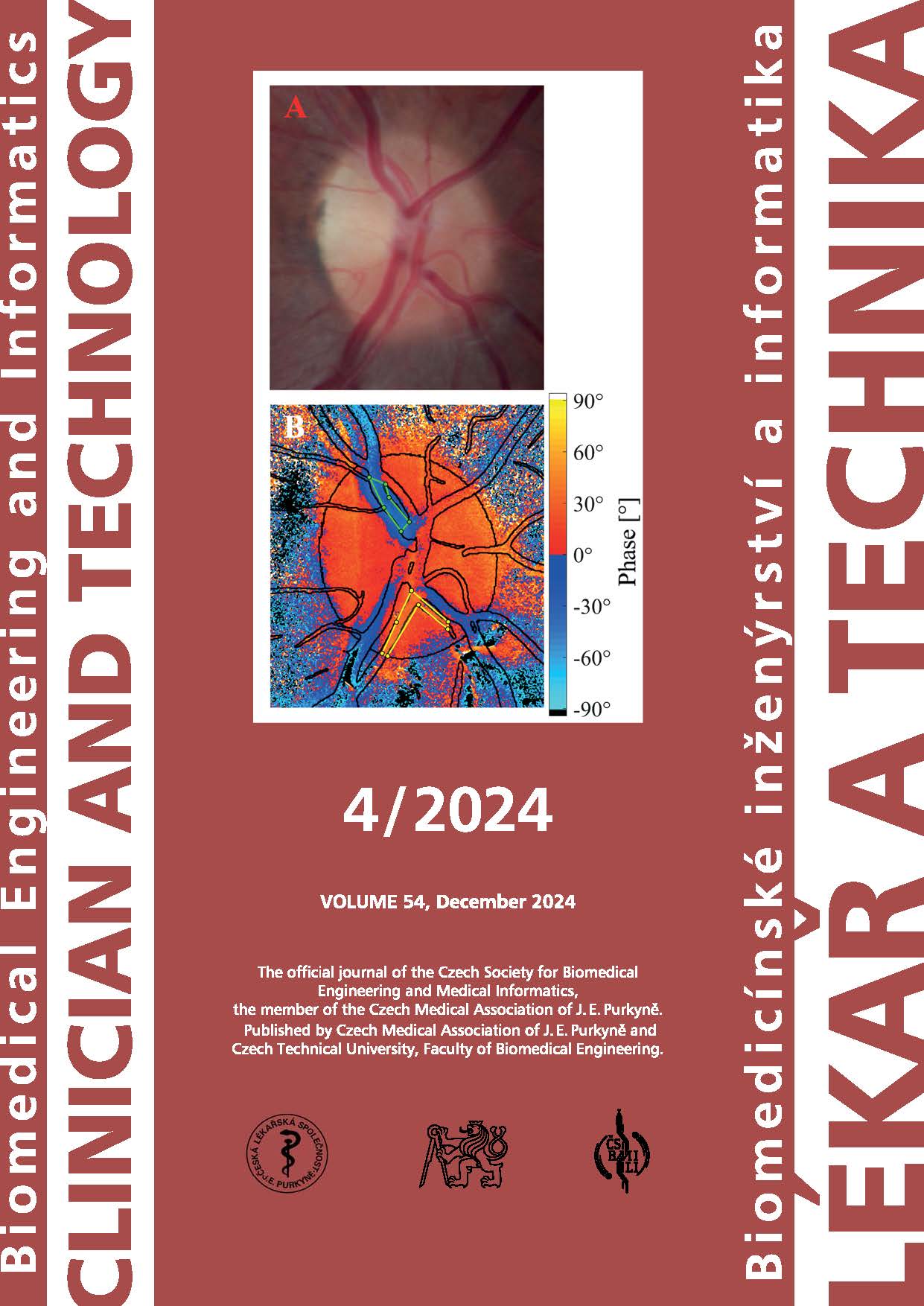QUANTITATIVE METHODS FOR MEASURING PATIENT PREFERENCES: PILOT STUDY FOR PATIENTS WITH LOCALIZED PROSTATE CANCER
DOI:
https://doi.org/10.14311/CTJ.2024.4.02Abstract
This pilot study examines patient preferences in patients with localized prostate cancer using quantitative methods for measuring Discrete Choice Experiment (DCE) and Best-Worst Scaling (BWS) type 3. The study focuses on key attributes that may influence patients' treatment decisions. Patients chose one of two or three hypothetical treatment scenarios based on key attributes: risk of erectile dysfunction; urinary incontinence; other side effects; transport to hospital and return to normal activities. Additionally, patients evaluated both methods in terms of difficulty and satisfaction using a Likert scale. Results show that the most important attribute for patients with localized prostate cancer is the risk of erectile dysfunction (36.0%, 29.8%), followed by the risk of urinary incontinence (24.9%, 23.0%). In both attributes, patients wanted to avoid the worst levels and vice versa. The results of preferred attributes did not differ between methods. Patients found the Discrete Choice Experiment method less difficult and were more satisfied with it. This research suggests that quantitative approaches, such as DCE and BWS, can be valuable tools for better understanding patient preferences and integrating them into personalized treatment decision-making.
Downloads
Published
Issue
Section
License
Copyright (c) 2025 Anna Erfanyukova, Tereza Klementova, Barbora Maskova, Gleb Donin

This work is licensed under a Creative Commons Attribution 4.0 International License.
Authors who publish with this journal agree to the following terms:
- Authors retain copyright and grant the journal right of the first publication with the work simultaneously licensed under a Creative Commons Attribution License (https://creativecommons.org/licenses/by/4.0/) that allows others to share the work with an acknowledgment of the work's authorship and initial publication in CTJ.
- Authors are able to enter into separate, additional contractual arrangements for the non-exclusive distribution of the journal’s published version of the work (e.g., post it to an institutional repository or publish it in a book), with an acknowledgment of its initial publication in this journal.
- Authors are permitted and encouraged to post their work online (e.g., in institutional repositories or on their website or ResearchGate) prior to and during the submission process, as it can lead to productive exchanges.
CTJ requires that all of the content of the manuscript has been created by its respective authors or that permission to use a copyrighted material has been obtained by the authors before submitting the manuscript to CTJ. CTJ requires that authors have not used any copyrighted material illegally, as for example a picture from another journal or book, a photo, etc. It is the author’s responsibility to use only materials not violating the copyright law. When in doubt, CTJ may ask the authors to supply the pertinent permission or agreement about the use of a copyrighted material.
The opinions expressed in CTJ articles are those of authors and do not necessarily reflect the views of the publishers or the Czech Society for Biomedical Engineering and Medical Informatics.


